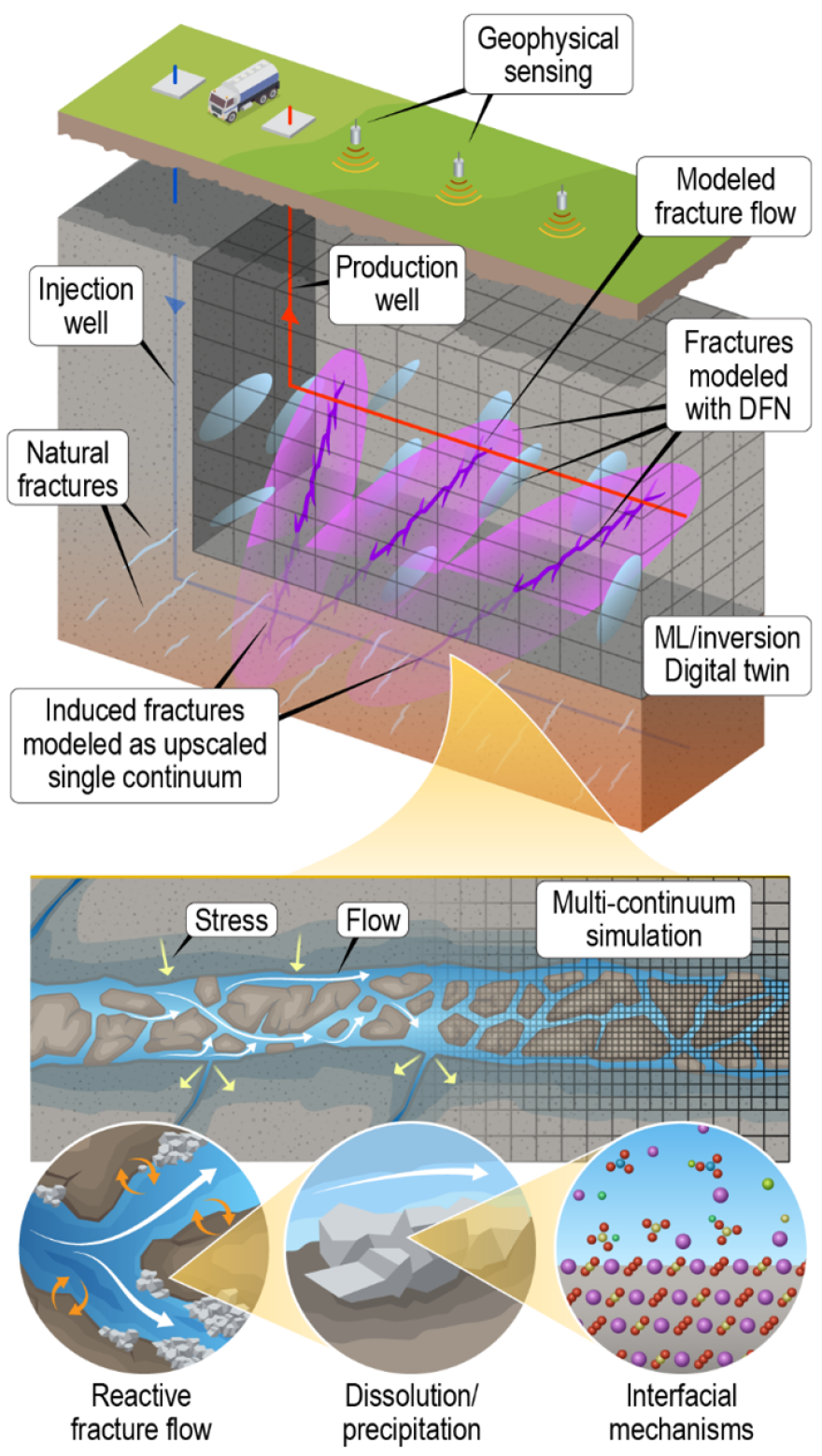Research to turn geothermal energy into power for residential homes is underway in the northern Black Hills.
The study will take place at the Sanford Underground Research Facility in Lead.
The funding is coming from the Department of Energy’s Energy Earthshots Initiative, which seeks to accelerate breakthroughs of more abundant and reliable clean energy.
One of the goals is to reduce the cost of geothermal energy generation by 90 percent in about 10 years. The Pacific Northwest National Laboratory is one group receiving DOE money to do just that.
The lab will conduct geothermal research to harness the earth’s natural, subsurface heat to generate electricity.
Kevin Rosso, a geochemist with Pacific Northwest who will lead the project, said heat from the earth’s core is plentiful anywhere from two to six miles deep.

“Particularly west of the Mississippi," Rosso said. "But, all over the nation this is a huge potential energy source that’s always on, abundant clean energy. Very abundant.”
The DOE expects enhanced geothermal energy harnessing could power 65 million American homes.
The technique can do that by circulating water to release heat in deep rock layers that will spin a turbine.
Rosso said part of their research is also trying to understand how fluids transfer heat and interact with deep underground rock fractures over time.
“Not only how they happen, but how to detect them with geophysical signals and at the same time build computational models that will be predictive of those phenomena," Rosso said.
Another challenge is understanding how to keep the geothermal system working for years without it clogging up.
Initial program work will cost $19 million and take about four years.
Rosso anticipates the enhanced geothermal research will take decades.


